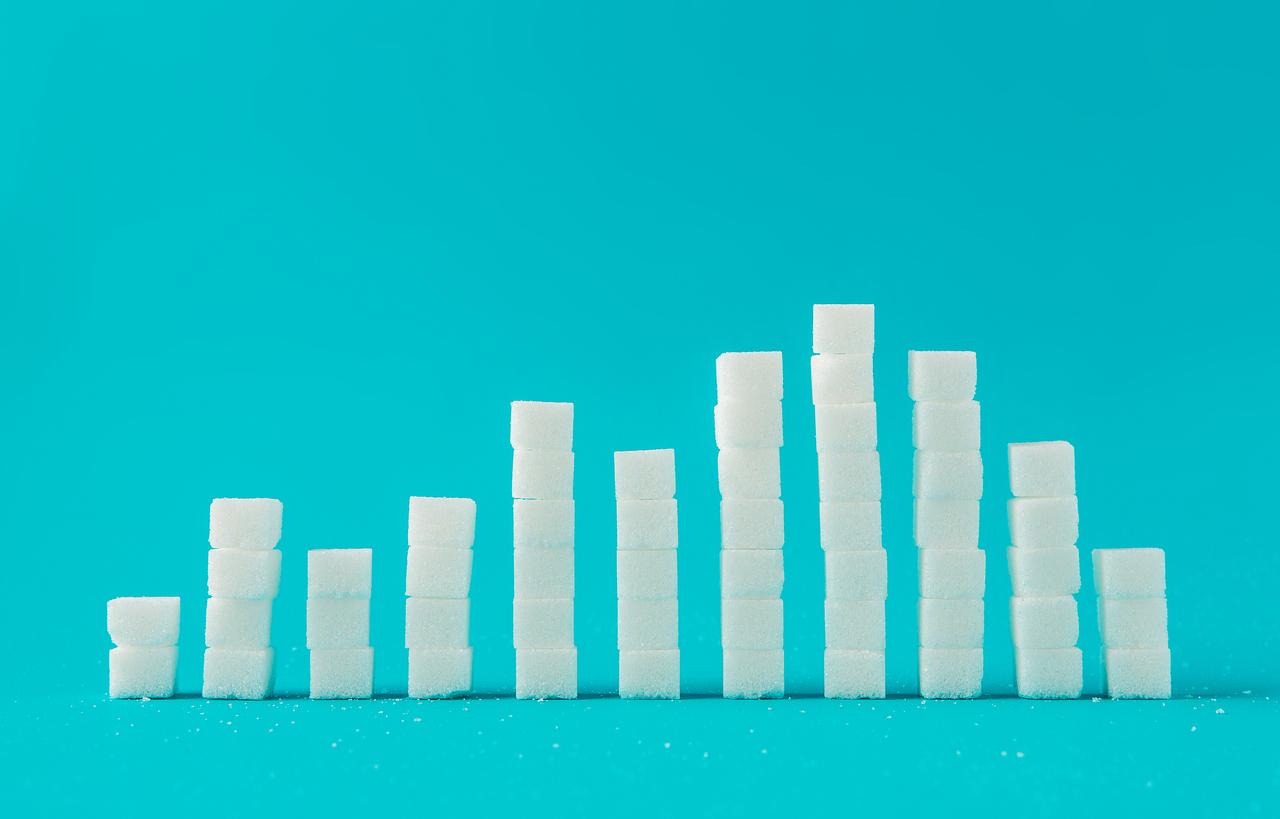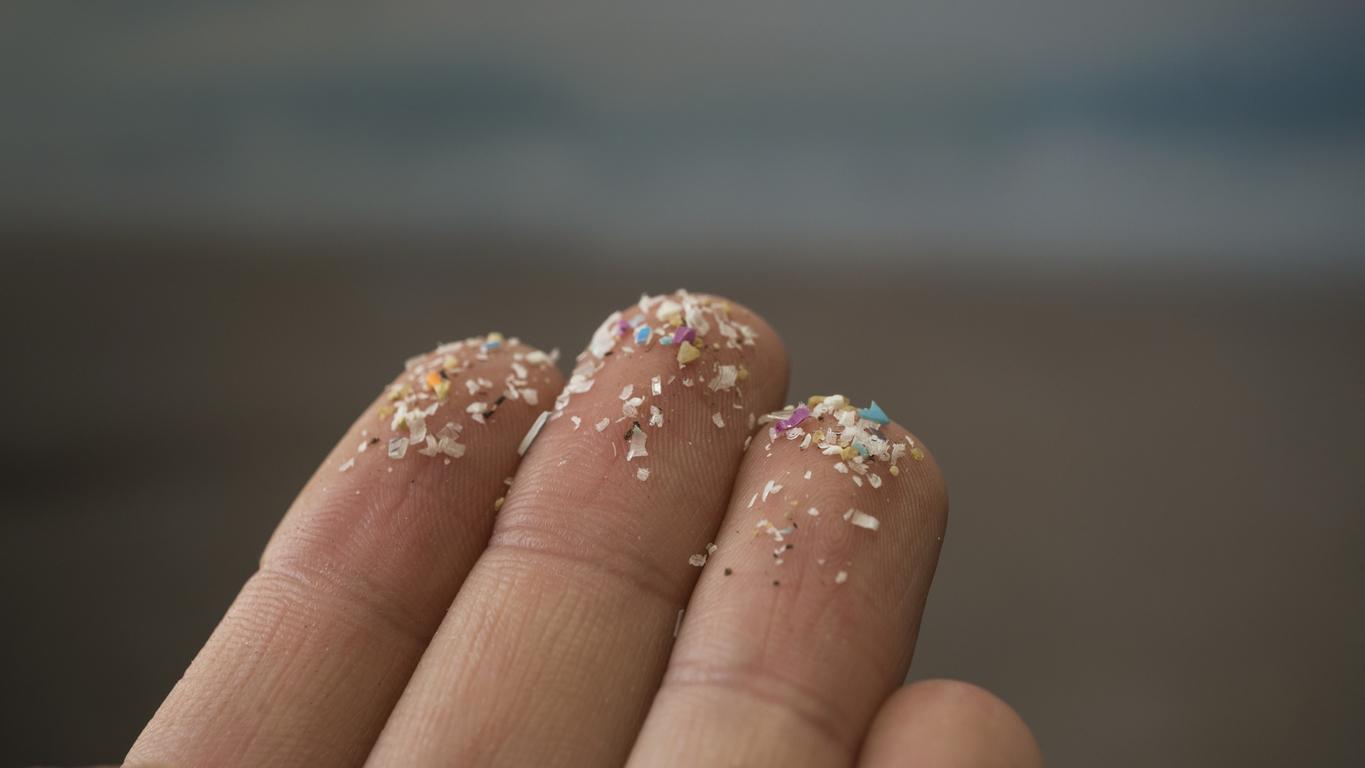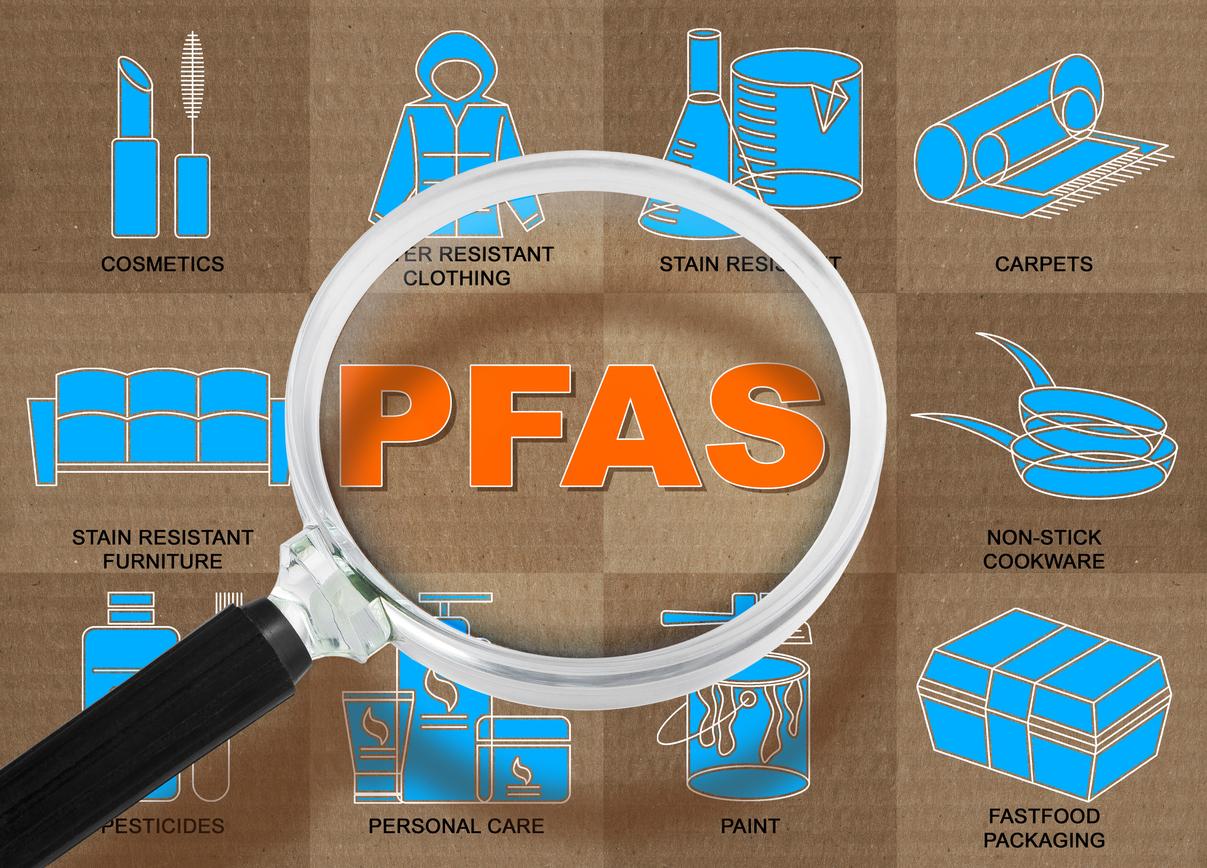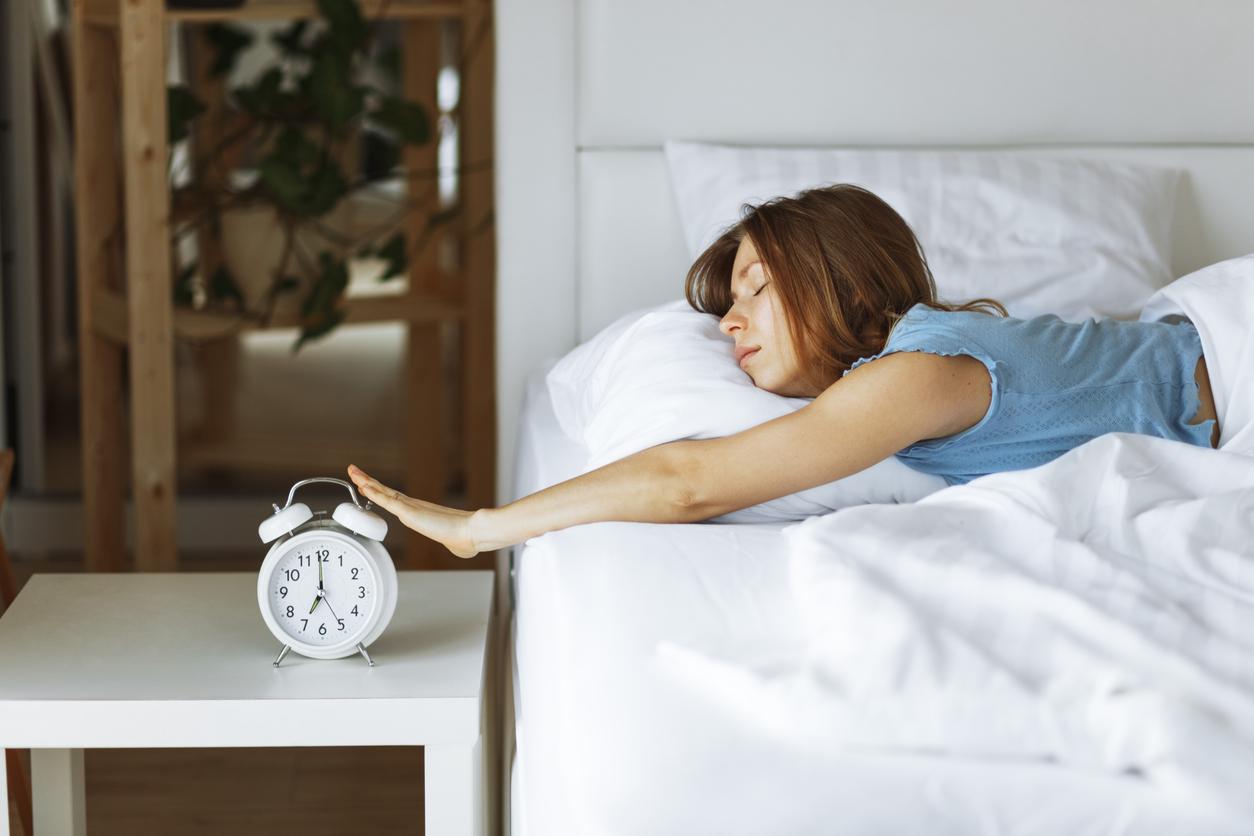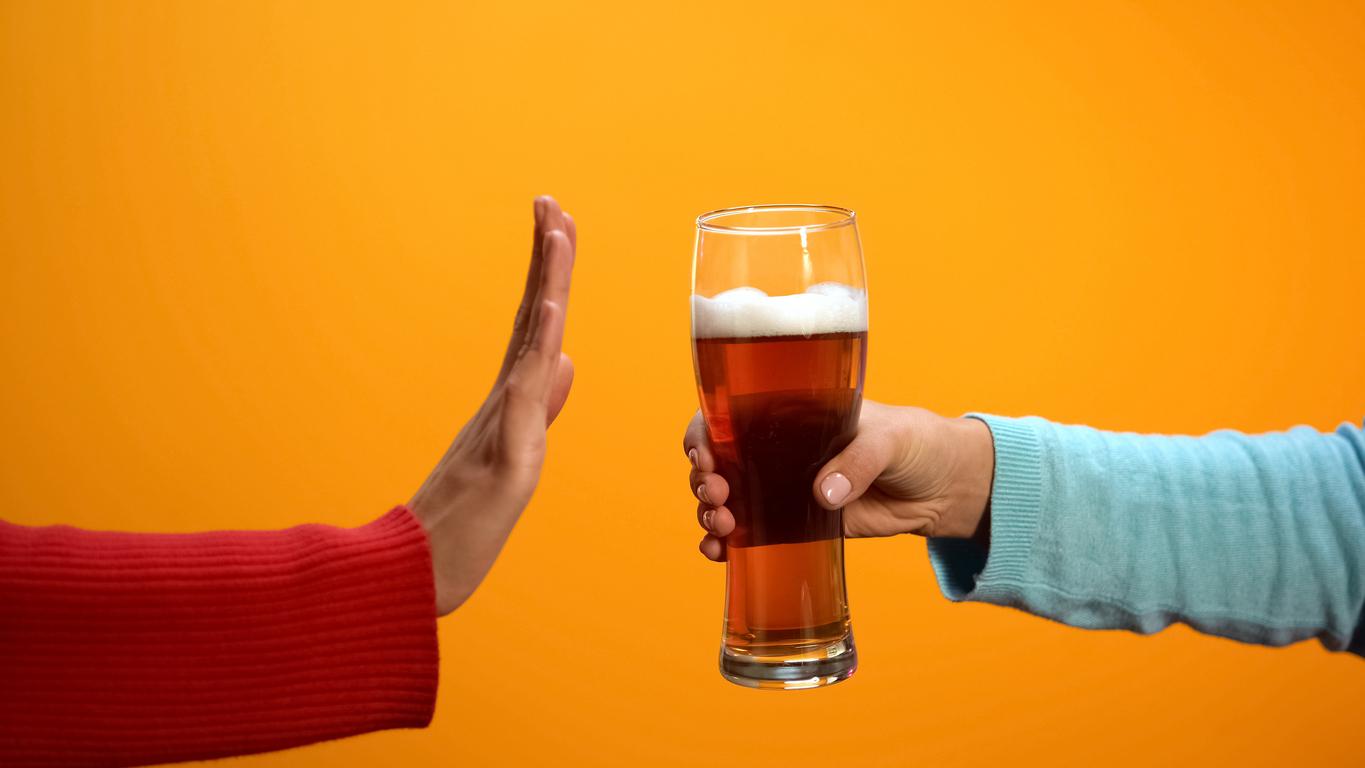Wine is a food in its own right
True : Wine mainly contains water and alcohol (about 10 g for a wine at 12°), sometimes carbohydrates (depending on the type of wine), minerals (potassium, calcium, magnesium, sodium, phosphorus, etc.). .), trace elements (copper, zinc, manganese…), some vitamins (especially B), polyphenols, mineral acids… i.e. about 800 different substances! “Classified in the “beverage” category, wine actually behaves like food, if only because of its energy value,” emphasizes Laure Gasparotto, author of “Drink without fattening, without excess… and without harming health” (Flammarion). A 12.5 cl glass of red wine provides 80 calories (as much as a banana or a large apple). Some nutritionists thus integrate a glass of wine, during a diet, instead of a fruit.
Red wine or white wine, it’s the same on the health side
Fake : During the vinification of a red wine, the skin of the grapes (black) and the pips macerate with the juice, which makes it possible to extract the color and the tannins. White wine is obtained by fermenting the juice separately from the skin and the pips. This is why red wine contains tannins (and therefore polyphenols) and white wine does not. It is these famous antioxidants that contribute to the prevention of cardiovascular diseases. Morality: the Red winein small quantities, has health benefits that white or rosé do not have.
Resveratrol is the new miracle antioxidant
True and false : A moderate consumption of red wine, Bordeaux and Burgundy in mind, rich in resveratrol, would lengthen life and protect the cardiovascular system despite a diet high in fat. This is the principle of the famous “French paradox” which has fascinated many researchers since the 1990s. A recent study conducted in Italy by an American team from the Baltimore Faculty of Medicine has just challenge the virtues of this antioxidant. “Some studies show more of the impact of resveratrol, others less,” explains Dr. Jacques Fricker, nutritionist at Bichat Hospital and author of “Weight loss with the 2 4 7 method” (Odile Jacob). We can therefore say that its virtues on the cardiovascular system are possible but not certain”. The positive effects would not come from resveratrol itself but rather from a complex set of polyphenols. In short, we stop wanting to find miracle virtues at all costs in pleasure foods like wine or chocolate. “We must put them back in their rightful place, and savor them without ulterior motives but in moderation”, recommends Dr. Laurent Chevallier, nutritionist and author of “Weight loss without struggling” (Fayard).
White wine gives you a headache
True and false : Headaches but also urinary tract infections or tendonitis: white wine does not suit everyone. The fault of the sulphites present in all the wines but in greater quantity in the white, the champagne as well as the pink. “These preservatives may be responsible for allergies or intolerances in some people, causing headaches and discomfort,” says Dr. Fricker. Same fight for urinary tract infections. By suddenly modifying the urinary pH, white wine tends to promote the multiplication of colibacilli, and therefore cystitis. Remain the natural wines, without sulphites, if one really cannot do without.
Drinking while eating is better
True : What appears to be a detail is not. For Arnaud Basdevant, professor of nutrition and head of the national “Obesity” plan, everything is more digestible at the table. Taking your time, mixing food and wine guarantees better digestibility in general and less alcohol consumption in particular. “That’s the difference between the binge drinking(“express drinking” in French) and the traditional, cultural consumption of wine”, he says in Laure Gasparotto’s book.
The maximum dose is 2 glasses a day
True : According to WHO experts, to remain in a so-called “low risk” consumption, a woman should not drink more than 2 glasses of 10 cl of wine per day, men, 3. The more one exceed this limit, the greater the risk. Because even without addiction, alcohol has an influence on the appearance of many diseases: cancers, cardiovascular and digestive diseases, diseases of the nervous system and psychic disorders. The WHO also recommends not to exceed 4 glasses on one occasion. And to spend one day a week without consuming a drop of alcohol: a good test to see if you are dependent or not. And in any case, if you’re not used to drinking wine, you don’t force yourself!
Wine makes you fat
False, if we remain moderate: “Wine provides 7 calories per gram of alcohol. From the moment you limit yourself to one standard glass (12.5 cl) per day, it is burned by the body,” explains Dr. Fricker. But beware, calorie count varies depending on the sugar content of the wine. A dry wine will be less sweet and less caloric. For example, a 12.5 cl glass of red wine fluctuates between 80 and 105 calories, but a syrupy white, high in sugar, can go up to 223 calories.
How many glasses can we allow ourselves without gaining weight?
“You just have to take your weight and multiply it by two, explains Laure Gasparotto. You will obtain the number of grams of wine that can constitute a food compatible with your diet during a meal without the risk of gaining weight. Excluding any other alcohol of course”. For example, if you weigh 50 kg: 50 x 2= 100 g = 10 cl. You can allow yourself 1 glass of wine.
>> To read also:
Why is wine good for health?
To be healthy, you should drink wine in moderation.
A little wine is pretty good for you, if you’re sporty










